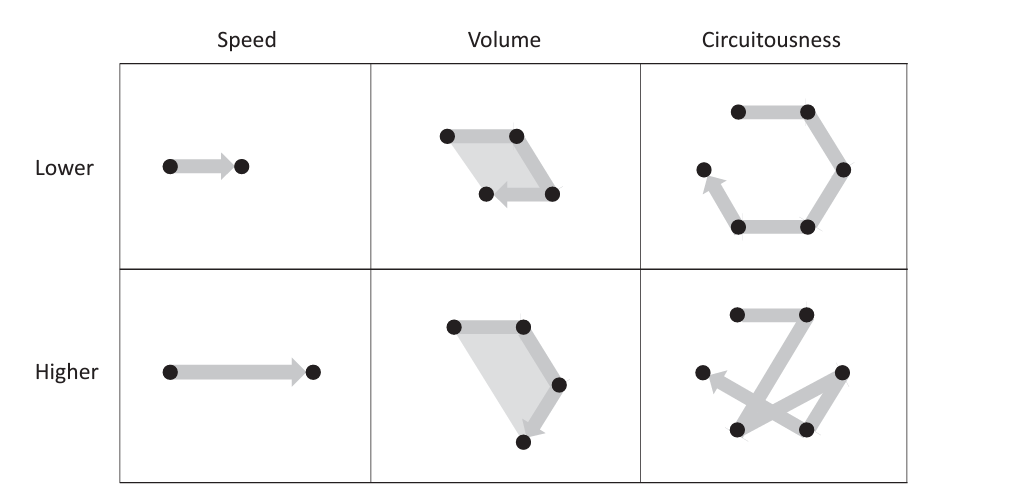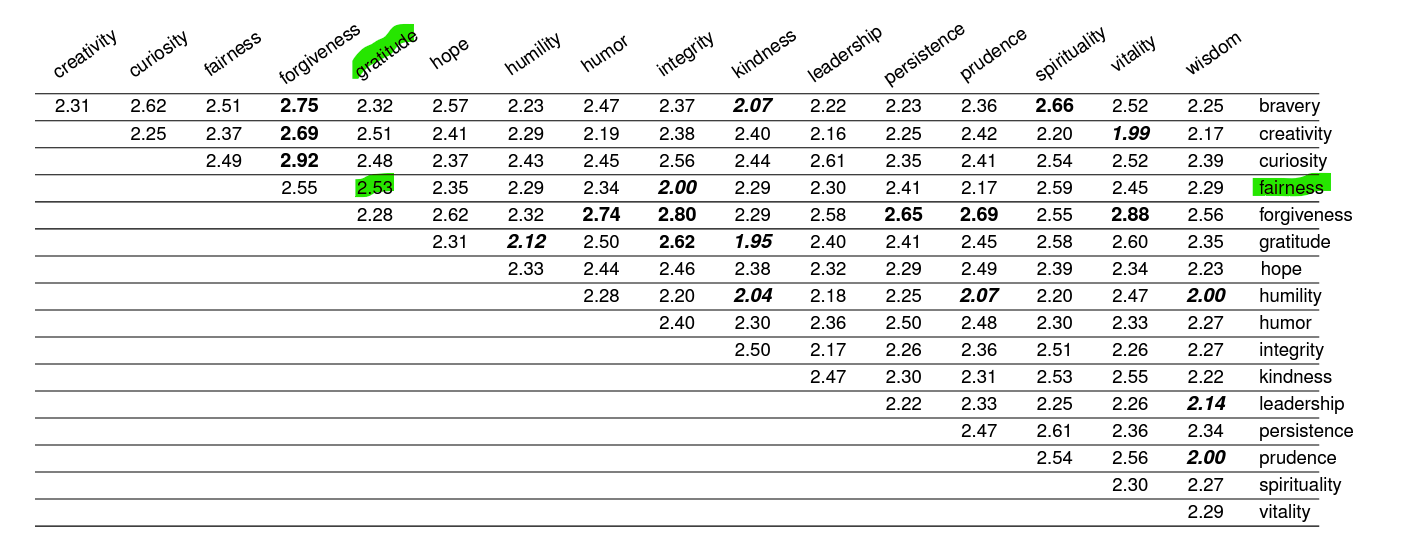Story Success? Go Fast, Light & Straight
Story matters. We’ve noted that time and time again with data to support what we all believe. It’s simple to say, simple to agree with and yet, our story telling in the sector is lousy with average Story scores of under 50 on a 0 to 100 scale, per our Copy Optimizer.
We clearly need more guidance. In addition to this post you can find more here, here and here.
Here are three story attributes that matter to story success.
Speed: How quickly does your story go from one emotion to another – e.g. sad to happy? Is your sad part in the first paragraph and your happy part in the last of a long letter? That’s slow speed.
Volume: Does your story go from sad to happy but stop along the way at angry? More semantic stops from start to end is the volume of your story.
Circuitousness: Two stories can have the same semantic and emotional starting and end point, sad to happy, while one goes through a myriad of psychological and less inter-related states to get there and the other takes a psychologically easy glide path. The latter has traveled less mental distance and is less circuitous.

Underlying all this story visualization is some higher order, lexical and semantic analysis with some machine learning thrown in the mix.
But at it’s core, it’s still pretty simple. A text is broken into equal chunks. Chunk one comes before chunk 2, 5, 15…
The useful question is how much mental energy and emotional work does the reader do moving from chunk to chunk? And, what role does speed, volume and circuitousness play in having the reader finish and enjoy it?
Below is a correlation matrix showing the mental distance one travels in going from one psychological concept to another. Bigger numbers mean traveling a longer, mental distance. I’ve highlighted one example, the distance mentally traveled in going from Fairness to Gratitude.
In DonorVoice parlance, fairness is a moral judgement. If we want a donor to agree that a situation is unfair and feel motivated to want to change it we use gratitude. But why? Gratitude is mentally far away from fairness compared to Integrity (2.0 vs. 2.53). The distance is one thing but speed is another. How quickly do we travel in our text from fairness to gratitude? If we have those two concepts physically close together in the text – paragraph 1 and 2 – we’ve gone a long distance quickly.
If we drone on and on and on and on..about the unfairness of it all and then meander in the middle only to end on integrity or kindness it’s taken a long time to get to that more related concept. It’s been a slow trip.
 Volume is different. Consider these two emotional paths:
Volume is different. Consider these two emotional paths:
- humility ⇒ spirituality ⇒ prudence
- humility ⇒ spirituality ⇒ curiosity
The distance between spirituality and curiosity (2.54) is the same as spirituality to prudence (2.54). However, prudence is closer to the starting point of humility so that mental path covers more ground, it has more volume.
The story becomes more circuitous or all over the place the more you zig and zag between big mental distances in getting from point A to point D, with B and C.
Words matter. The shape of the story matters. The linkage of emotions matters. Hemingway wrote the introduction to a Farewell to Arms over 50 times. He admonished writers to remember that writing is laborious and technical.
Cut to the chase Kevin…I hear you.
- Speed is good. It increases the chance the reader or viewer (video) will like the story.
- Volume is bad. Unless you are directing a movie, in which case, volume is good.
- Circuitousness is bad. Unless you are writing an academic paper, in which case, it’s good.
Kevin


